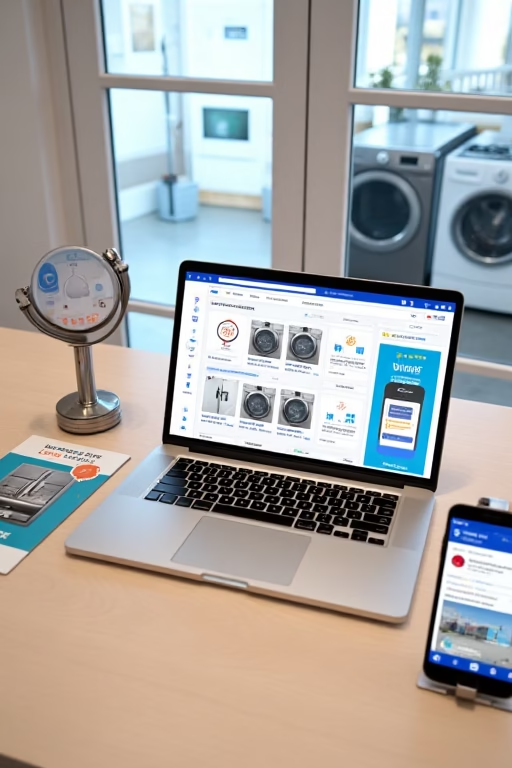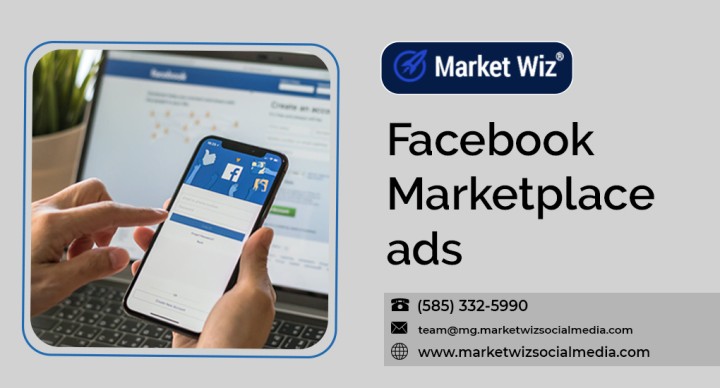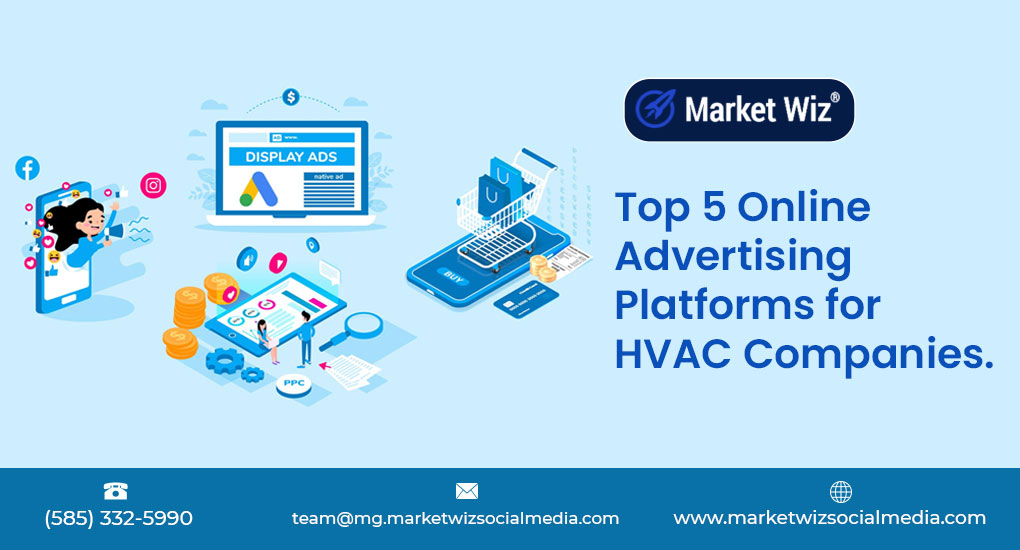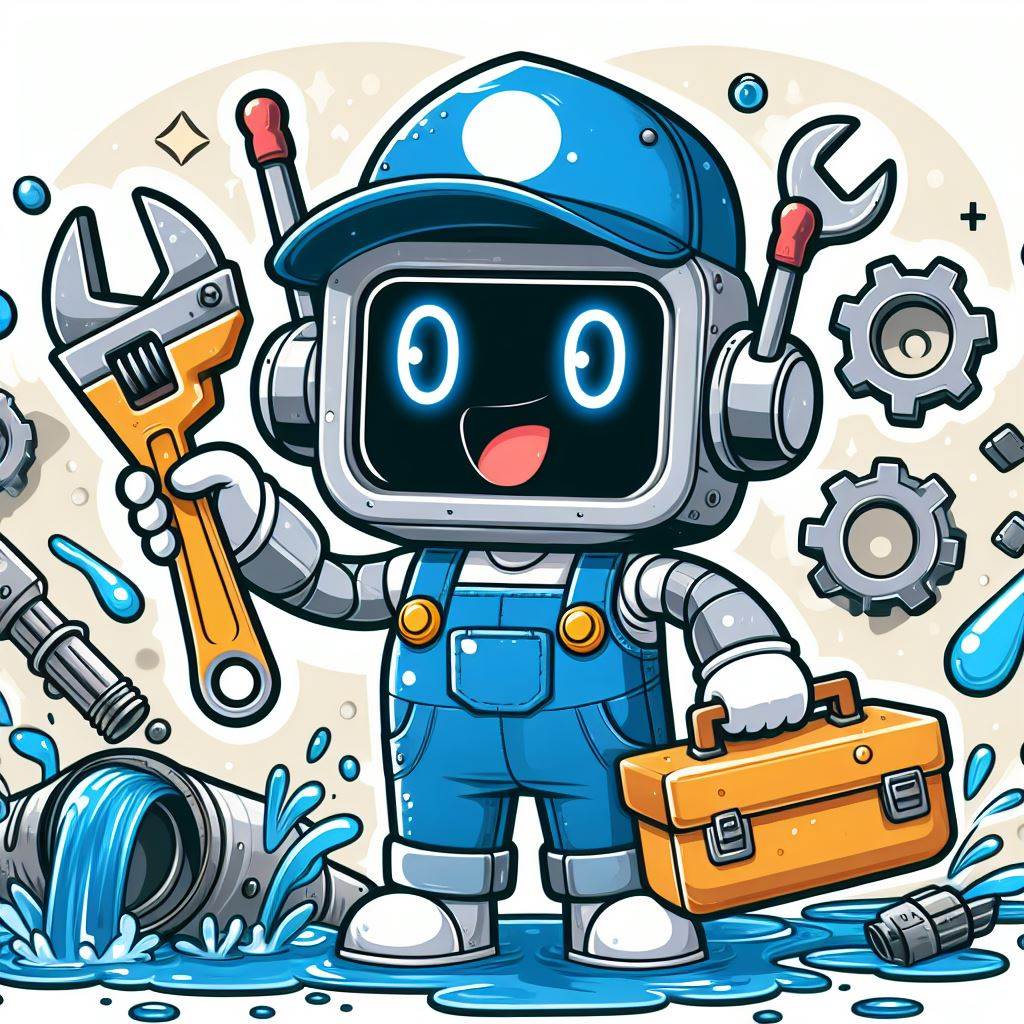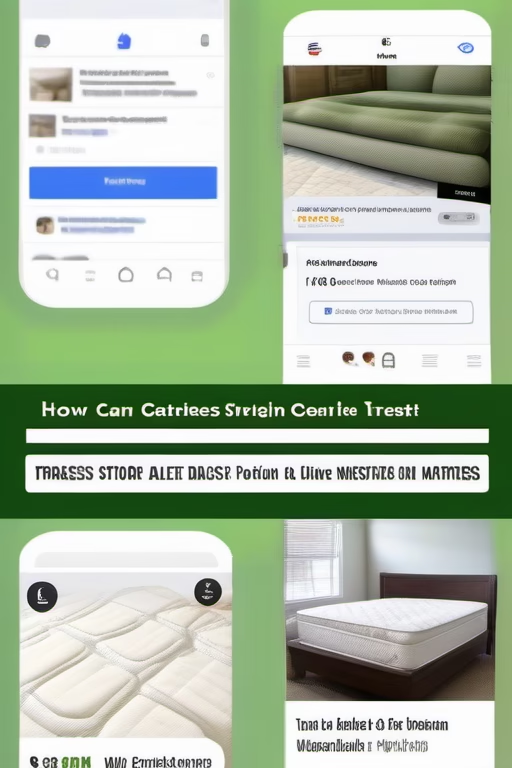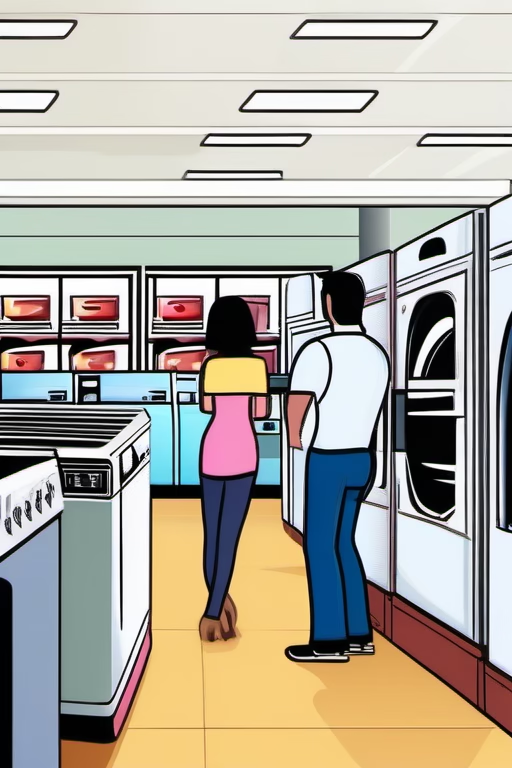How to Sell More Appliances with Facebook Ads: Reaching Local Buyers
Your Local Ads Playbook by Market Wiz
Table of Contents
- Introduction: The Power of Local Appliance Ads
- 1. Audience Segmentation & Hyper‑Local Targeting
- 1.1 Custom Audiences from Purchase Data
- 1.2 Lookalike Audiences of Recent Buyers
- 1.3 ZIP‑Code & Radius Targeting
- 2. Facebook Ad Account & Pixel Setup
- 2.1 Business Manager Best Practices
- 2.2 Pixel & Conversion API for Sales Tracking
- 3. Crafting Irresistible Ad Creative
- 3.1 High‑Res Images & Demo Videos
- 3.2 Benefit‑Driven Headlines & Copy
- 3.3 Clear, Localized Calls‑to‑Action
- 4. Building a Conversion Funnel
- 4.1 Instant Forms vs. Dynamic Landing Pages
- 4.2 Automated Follow‑Up & Chatbots
- 5. Budgeting & Bid Strategies
- 6. Advanced Retargeting & Upsells
- 6.1 Dynamic Catalog Ads for Inventory
- 6.2 Seasonal Maintenance & Protection Plans
- 7. Analytics, Tracking & A/B Testing
- 8. Compliance & Best Practices
- 9. CRM & Automation Integration
- 10. Real‑World Case Studies
- Conclusion & Next Steps
- 25 Frequently Asked Questions
- 25 Extra Keywords
Introduction: The Power of Local Appliance Ads
In today’s fast‑moving market, local appliance retailers can harness Facebook’s precision targeting to reach homeowners ready to upgrade ovens, refrigerators, washers, and more. By crafting hyper‑local campaigns, showcasing product demos, and guiding prospects through a seamless funnel, you’ll turn ad clicks into showroom visits and sales—boosting both foot traffic and online orders. Let’s dive into the step‑by‑step strategy from Market Wiz.
1. Audience Segmentation & Hyper‑Local Targeting
1.1 Custom Audiences from Purchase Data
Upload your CRM list of recent purchasers and service customers to re‑engage them with upgrade offers or accessories—driving repeat revenue.
1.2 Lookalike Audiences of Recent Buyers
Create 1% Lookalikes based on your highest‑value customers to find new local prospects with similar profiles and purchase intent.
1.3 ZIP‑Code & Radius Targeting
Use Facebook’s location filters to target within a 10–20 mile radius of your store, or narrow to specific ZIP codes known for higher incomes or older homes needing replacement appliances.
2. Facebook Ad Account & Pixel Setup
2.1 Business Manager Best Practices
Organize your assets in Business Manager: assign roles, verify your domain, and bundle Pages, Ad Accounts, and Pixels for unified campaign management.
2.2 Pixel & Conversion API for Sales Tracking
Install the Facebook Pixel site‑wide and configure custom events like ProductView, AddToCart, and Purchase. Use the Conversion API for server‑level accuracy in tracking both online and in‑store sales.
3. Crafting Irresistible Ad Creative
3.1 High‑Res Images & Demo Videos
Showcase appliances in real‑home settings. Use brief 15‑second videos demonstrating key features—like smart fridge touchscreens or silent dishwasher cycles—to engage viewers in their feed.
3.2 Benefit‑Driven Headlines & Copy
Lead with local value: “Save Energy & Money with Our [City] Smart Washer Sale!” Emphasize benefits—warranty, energy savings, same‑day delivery.
3.3 Clear, Localized Calls‑to‑Action
Use CTAs like “Book Your In‑Store Demo,” “Claim Local Delivery,” or “Get a Free Upgrade Quote” to prompt immediate action.
4. Building a Conversion Funnel
4.1 Instant Forms vs. Dynamic Landing Pages
Use Instant Forms for quick mobile lead capture with pre‑filled fields; for premium promotion (e.g., built‑in oven bundles), send to a dynamic landing page with in‑depth specs and financing options.
4.2 Automated Follow‑Up & Chatbots
Integrate leads into your CRM to trigger SMS/email sequences: product guides, promotions, and reminders to visit your store. Deploy Facebook Messenger bots to answer FAQs and schedule demos 24/7.
5. Budgeting & Bid Strategies
Allocate 60% of your budget to prospecting and 40% to retargeting. Start with \$30–\$75/day for local campaigns. Use “Lowest Cost” bidding initially; shift to “Cost Cap” as you dial in target Cost per Lead.
6. Advanced Retargeting & Upsells
6.1 Dynamic Catalog Ads for Inventory
Upload your SKU catalog to Facebook and serve dynamic ads of the exact models a user viewed—highlighting local availability and delivery options.
6.2 Seasonal Maintenance & Protection Plans
Retarget past buyers with ads promoting service plans—“Book Your Spring AC Check” or “Protect Your Fridge with Our Extended Warranty”—to boost ancillary revenue.
7. Analytics, Tracking & A/B Testing
- Monitor Cost per Lead, Cost per Purchase, and Return on Ad Spend in Ads Manager.
- Use UTM parameters to track Facebook traffic in Google Analytics and pinpoint high‑converting pages.
- Continuously A/B test creatives, headlines, audiences, and CTAs—rotate winners bi‑weekly for freshness.
8. Compliance & Best Practices
Adhere to Facebook’s commerce policies: no misleading claims, transparent pricing disclosures, and clear refund/return terms. Respect user privacy under GDPR/CCPA when handling customer data.
9. CRM & Automation Integration
Use Zapier or native integrations to push Facebook leads into your sales CRM (e.g., HubSpot, Zoho). Automate follow‑up tasks, appointment reminders, and inventory notifications to streamline your sales process.
10. Real‑World Case Studies
An appliance retailer in Austin drove a 35% increase in refrigerator sales by targeting new homeowners with dynamic ads featuring local delivery. Another store in Chicago doubled service plan sign‑ups by retargeting past buyers with seasonal maintenance offers.
Conclusion & Next Steps
Facebook Ads offer unparalleled precision and scale for local appliance retailers. Start by installing your Pixel, building Custom and Lookalike Audiences, and launching a test campaign with compelling demo videos. With disciplined A/B testing, advanced retargeting, and seamless CRM integration, you’ll see ad clicks translate into in‑store visits, online orders, and sustained growth.
25 Frequently Asked Questions
1. What audience size works best for local appliance ads?
Aim for 30,000–100,000 people per ad set within your service radius to balance reach and relevance.
2. Instant Form or landing page—which is better?
Instant Forms drive quick mobile leads; landing pages convert higher‑intent shoppers with detailed info.
3. How often should I rotate creatives?
Every 10–14 days to avoid ad fatigue and keep messaging fresh.
4. What’s a good CPL benchmark?
Aim for \$10–\$25 per lead, depending on product value and local competition.
5. How do I track in‑store purchases?
Use Facebook’s Offline Conversions API or unique promo codes redeemable only in‑store.
6. Can I promote financing options?
Yes—highlight 0% APR or payment plans, ensuring all terms are clearly disclosed.
7. What’s the ideal budget split?
60% prospecting, 40% retargeting is a solid starting point; adjust based on performance.
8. How to get more reviews?
Send post‑purchase SMS with review links and offer small discounts on next service.
9. Should I use carousel ads?
Yes—carousels allow you to showcase multiple appliance models or features in one ad.
10. How do I reduce CPL?
Refine audiences, improve ad relevance scores, and test different creative formats.
11. Can I use Messenger bots?
Yes—automate FAQs, schedule demos, and collect lead info via Facebook Messenger.
12. How often review metrics?
Check daily for spend anomalies, weekly for funnel performance, and monthly for strategic adjustments.
13. What’s dynamic creative?
Facebook’s tool that tests various asset combinations to find top‑performing creatives automatically.
14. How to handle negative comments?
Respond promptly and professionally, then take detailed issues offline to resolve.
15. Are video ads worth it?
Absolutely—demo videos increase engagement and explain product features more effectively.
16. How to target new homeowners?
Use Facebook’s life‑event targeting for “Recently Moved” combined with local radius filters.
17. What CTAs perform best?“Book an In‑Store Demo,” “Get Your Free Upgrade Quote,” and “Shop Local Delivery Now.”18. How to integrate with POS?
Use API connections or middleware (Zapier) to sync Facebook leads with your point‑of‑sale system.
19. How to optimize for mobile?
Use square/vertical assets, concise headlines, and large tappable CTAs near the center of the screen.
20. Can I run seasonal campaigns?
Yes—target heat pump ads in spring, heater ads in fall, and bundle promotions around holidays.
21. What ad objective should I choose?
Use Lead Generation for Instant Forms, Traffic for landing pages, and Conversions for purchase events.
22. How to exclude past buyers?
Create a Custom Audience of recent purchasers and exclude them from prospecting campaigns.
23. Should I sponsor local events?
Sponsoring home shows or community fairs builds brand awareness and creates backlink opportunities.
24. What’s the first step?
Install and verify your Facebook Pixel, then build a Custom Audience of recent site visitors.
25. How to scale budgets?Increase daily budgets by 15–25% once campaigns show consistent profitability over two weeks.
25 Extra Keywords
- appliance Facebook ad strategy
- local appliance sales ads
- smart fridge Facebook campaign
- washer and dryer lead gen
- oven upgrade Facebook targeting
- dynamic catalog appliance ads
- seasonal appliance promotions
- appliance showroom demo ads
- Facebook Instant Form appliances
- appliance financing Facebook
- homeowner appliance replacement ads
- appliance review request automation
- appliance store remarketing
- appliance demo video ads
- appliance store CRM integration
- appliance local radius targeting
- appliance upsell campaigns
- appliance store analytics
- appliance compliance ads
- appliance store budgeting guide
- appliance store chatbots
- home appliance event ads
- appliance tech features ads
- energy-efficient appliance marketing
- Market Wiz appliance guide


